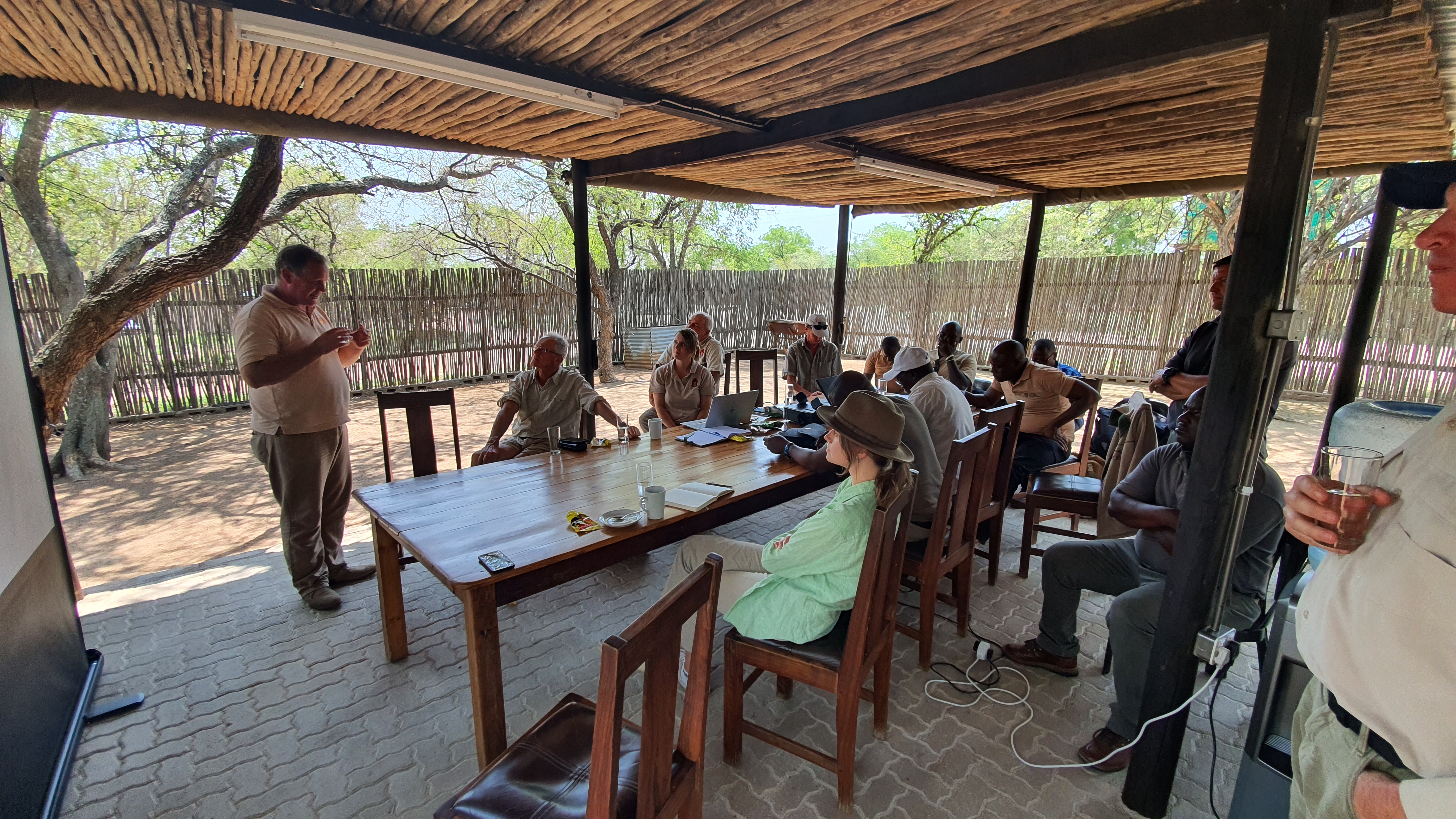Building Cross sectoral Partnerships
Hack The Planet acknowledge that our partnerships allow us to combine strengths, resources, and expertise, amplifying the impact and fostering innovative solutions. Collaborating creates shared value and builds networks, enabling mutual growth and sustainability.
Local involment:
The scanners send real-time alerts to the anti-poaching control room. These alerts can also be shared with local communities or neighboring farms, enabling them to act as third-party partners in anti-poaching efforts. By involving locals directly in the response process, the system fosters collaboration, increases situational awareness, and empowers communities to take an active role in protecting wildlife.
Scanneredge is a collaboration with Tech for Conservation organisation Smartparks, Management of national parks like Gonarezhou - Zimbabwe, park technicians, rangers(QRU) and the local community. Through this cross-sector partnership, we have demonstrated that ScannerEdge is ready for broader deployment, increasing the number of active national parks and total scanners in use.
To establish a successful cross-sector partnership, it is essential to clearly define each partner's role and level of involvement from the outset. Ensuring local ownership of the solution is crucial for achieving long-term sustainability and impact.
Purpose: To align resources, expertise, and strategic goals across different sectors for effective implementation and operational success.
How it Works: Partnerships are built through workshops, shared missions, and transparent agreements outlining roles and responsibilities. Regular evaluations ensure partnerships remain productive.
Scanneredge offers a plug&play innovation offering a quick installation that can be monitor the area for signs of potential poachers immediately after installation.
The true success depends on the internal Rangers Quick Response Unit's ability to act swiftly and effectively on the real-time data provided. The unit must remain on constant standby, equipped with reliable transportation, and prepared to respond on poaching activity.
Building trust among stakeholders takes time but is essential for long-term collaboration.
Cross-sectoral partnerships increase funding opportunities and knowledge sharing, enhancing the overall impact.
